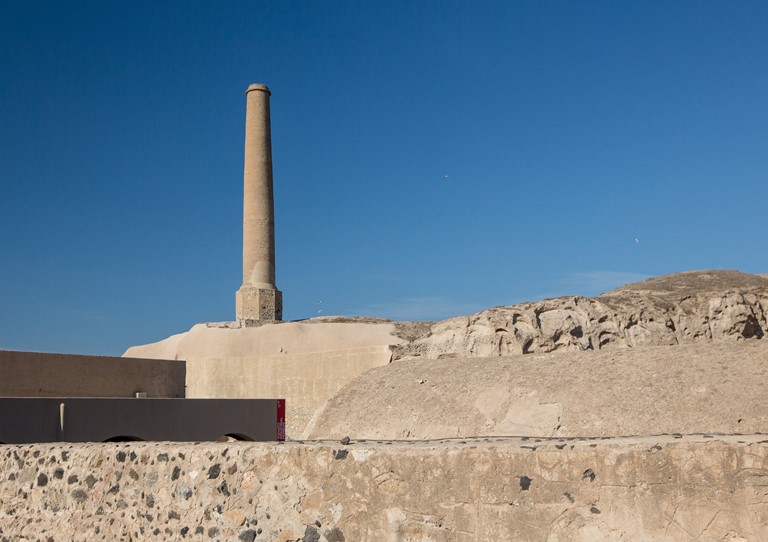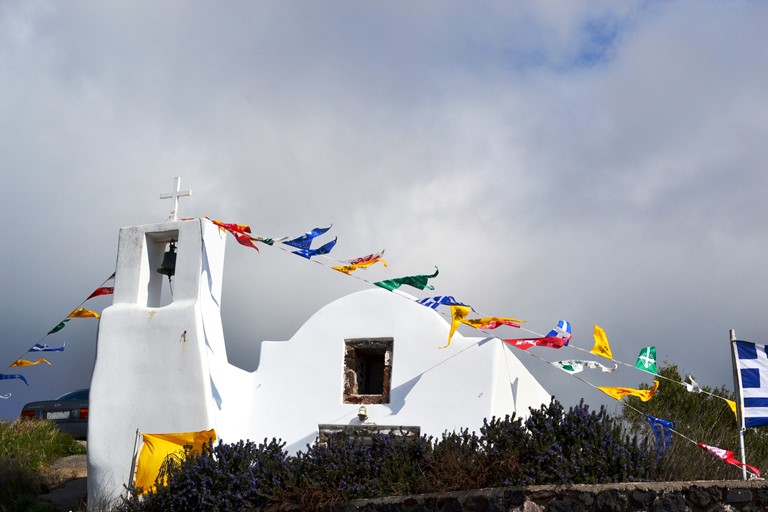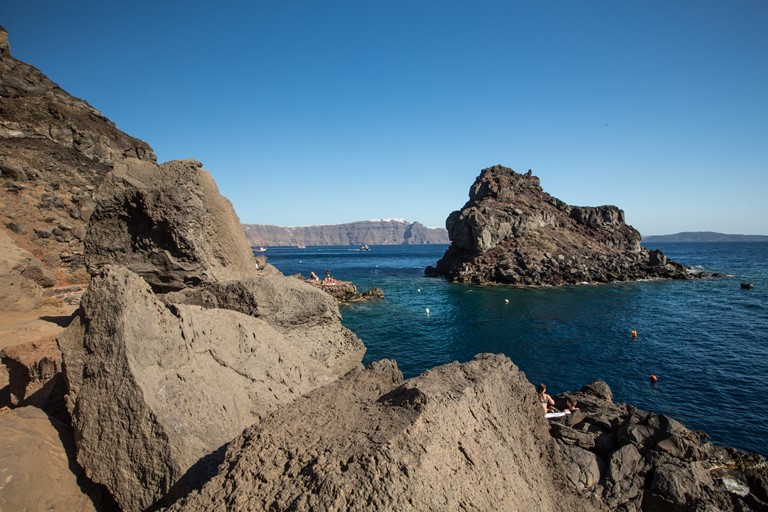Santorini weather is mostly mild and sunny, making it a year-round destination.
Spring
Spring is the season that transforms the Greek islands’ barren landscape, embracing it with a fresh veil of green. The scent of colorful wildflowers makes both hiking along Santorini’s paths, as well as an early swim in the sea an unforgettable experience. Santorini is also a perfect place to experience Greek Easter traditions.
Summer
Summer is the season that is most strongly associated not only with Santorini, but Greece in general. The island becomes more vibrant and alive than any other time of year and a number of festivities and cultural events promise to make your visit more interesting. With the help of locals, you can discover those quieter villages and locations that will allow you to have the mix of relaxation and excitement that best serves your personal preferences.
Autumn
Autumn in the Greek islands usually works as an extended version of the preceding summer. Air and water temperatures continue to be mild and pleasant until the beginning of November, allowing visitors to enjoy the same sea and sun experiences as in the summer months –minus the crowds.
Winter
Did you ever wonder what Santorini is like when ferries stop bringing thousands of tourists to the island and when seaside shops call it a season? Winter is a time of few visitors, making the presence of locals more predominant in the island’s villages. But more than people, it is nature that takes over the show. The winter light reveals the most mysterious and dramatic side of Santorini and winter is the magical time of year when you can hear the lapping waves and the whispers of wind.
So, which is your favorite season?
Let us know, and we will help you discover the face of Santorini that best matches your preferences!


Almost everybody knows that Santorini’s unusual beauty is the result of a volcanic eruption but, once you are on the island, it is hard to tell where that volcano actually is. Santorini as we know it today, is the result of four volcanic eruptions the last of which occurred in 1620 BC. This final...
Read More

Saint Matrona’s festival takes place on October 20 in Finikia and is one of Santorini’s most popular panigiria, as these open air celebrations are called in Greece. Saint Matrona’s church is decorated with palm leaves on the eve of the celebration and the religious icon that depicts the saint is...
Read More

Santorini’s seabottom is a combination of “crystal clear waters and dramatically impressive underwater landscapes”, as Pierre Yves Cousteau put it. It was forty years ago that his father, oceanographer Jacques Cousteau, explored the depths of Santorini in search of the lost city of Atlantis. The...
Read More





